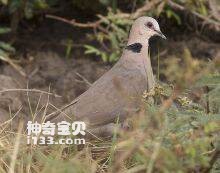
Streptopelia semitorquata
Streptopelia semitorquata,Red-eyed Dove
The scientific name Streptopelia semitorquata, or Red-eyed Dove, is unknown.···
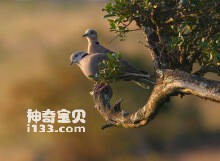
Streptopelia vinacea
Streptopelia vinacea
The scientific name Streptopelia vinacea is unknown.Listed in the Internatio···
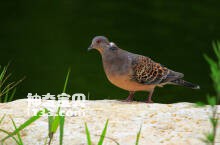
Streptopelia reichenowi
Streptopelia reichenowi,White-winged Collared-dove,White-winged Dove
The scientific names Streptopelia reichenowi, White-winged Collared Dove, Wh···
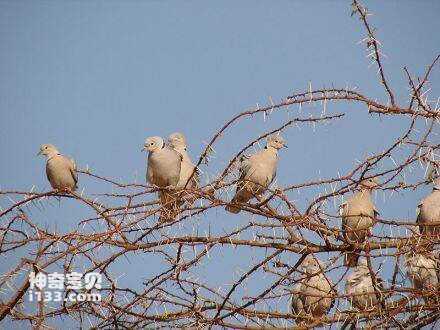
Streptopelia roseogrisea
Streptopelia roseogrisea,African Collared-dove
Streptopelia roseogrisea, African Collared dove, a migratory bird that winte···
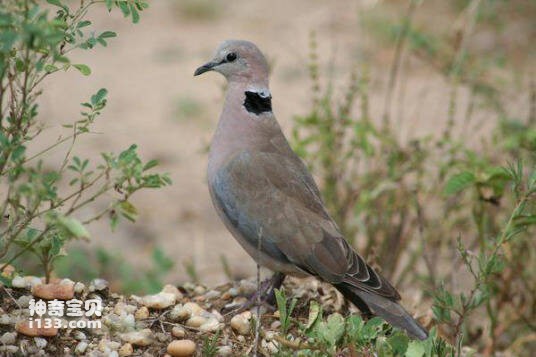
Streptopelia capicola
Streptopelia capicola,Ring-necked Dove,Cape Turtle Dove
The scientific names Streptopelia capicola, Ring-necked Dove, and Cape Turtl···
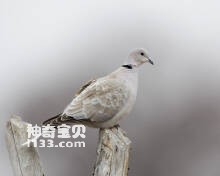
Streptopelia decipiens
Streptopelia decipiens,Mourning Collared-dove,African Mourning Dove,Mourning Collared Dove
The scientific name Streptopelia decipiens, Mourning Collared-dove, African ···
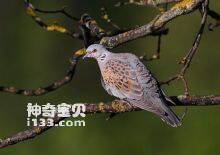
Streptopelia turtur
Streptopelia turtur,European Turtle-dove
The European turtledove (Streptopelia turtur) has four subspecies.The turtle···
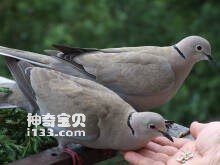
Streptopelia decaocto
Streptopelia decaocto,Collared Dove
The Collared Dove (Streptopelia decaocto) has two subspecies.The grey turtle···
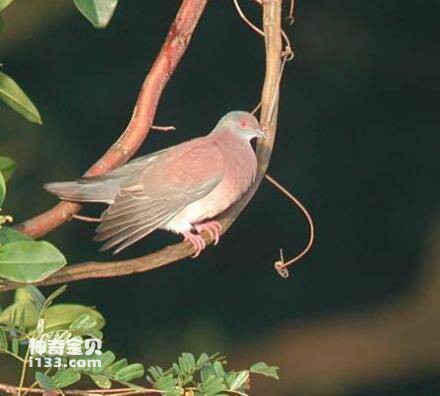
Columba cayennensis
Columba cayennensis,Pale-vented Pigeon
The species Columba cayennensis is also known as Pale-vented Pigeon.Listed i···
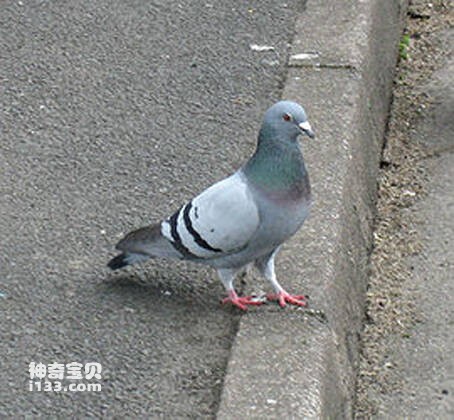
Columba caribaea
Columba caribaea,Ring-tailed Pigeon
It is known as Columba caribaea or Ring-tailed Pigeon.Listed in the Internat···
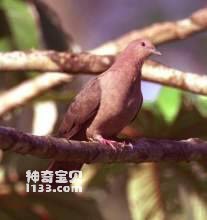
Columba nigrirostris
Columba nigrirostris,Short-billed Pigeon
Short-billed Pigeon Columba nigrirostris (short-billed pigeon) is not known.···
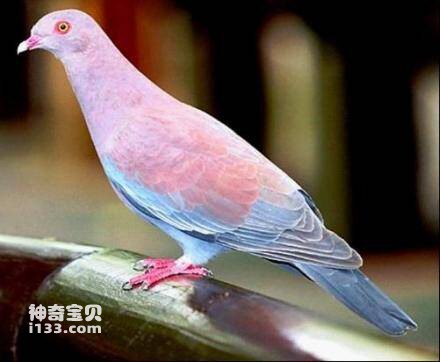
Columba oenops
Columba oenops ,Peruvian Pigeon
Peruvian Pigeon Columba oenops, foreign name Peruvian Pigeon, the specific h···
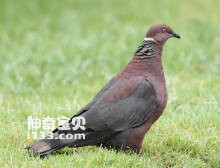
Columba araucana
Columba araucana,Chilean Pigeon
The Chilean Pigeon (Columba araucana) has no subspecies.Chilean pigeon parti···
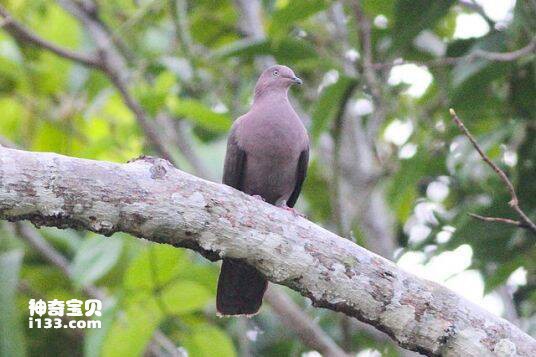
Patagioenas plumbea
Patagioenas plumbea,Plumbeous Pigeon
Plumbeous Pigeon (Patagioenas plumbea, Plumbeous Pigeon) is unknown.Protect ···
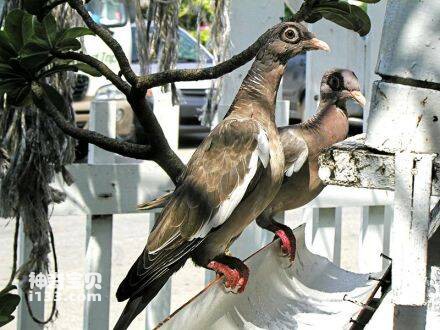
Columba corensis
Columba corensis,Bare-eyed Pigeon
The species is also known as Columba corensis or Bare-eyed Pigeon.Listed in ···
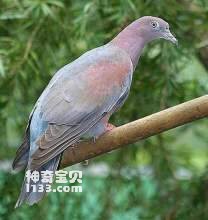
Columba inornata
Columba inornata,Plain Pigeon
Columba inornata, Plain Pigeon, is unknown.Listed in the International Union···
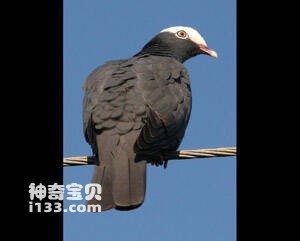
Columba leucocephala
Columba leucocephala,White-crowned Pigeon
The White Pigeon is Columba leucocephala, and the foreign name is White-crow···
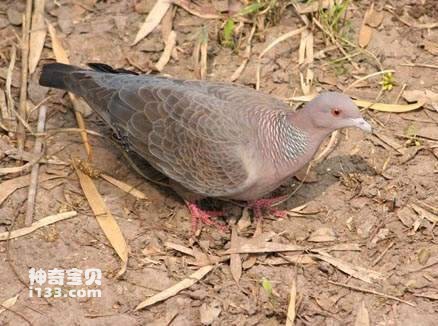
Columba picazuro
Columba picazuro,Picazuro Pigeon
The red-headed Pigeon is Columba picazuro and Picazuro Pigeon.Listed in the ···
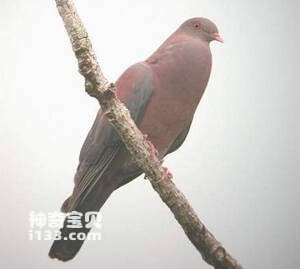
Columba flavirostris
Columba flavirostris,Red-billed Pigeon
Columba flavirostris, or Red-billed Pigeon, is unknown.Listed in the Interna···
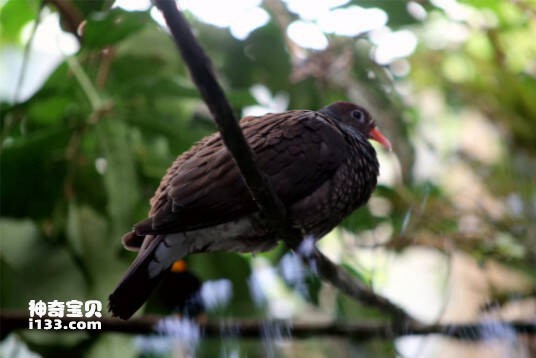
Columba speciosa
Columba speciosa,Scaled Pigeon
Columba speciosa, or Scaled Pigeon, is unknown.Listed in the International U···
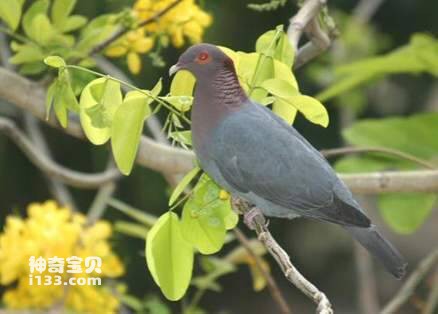
Columba squamosa
Columba squamosa,Scaly-naped Pigeon
Columba squamosa and Scaly-naped Pigeon are unknown.Listed in the Internatio···
